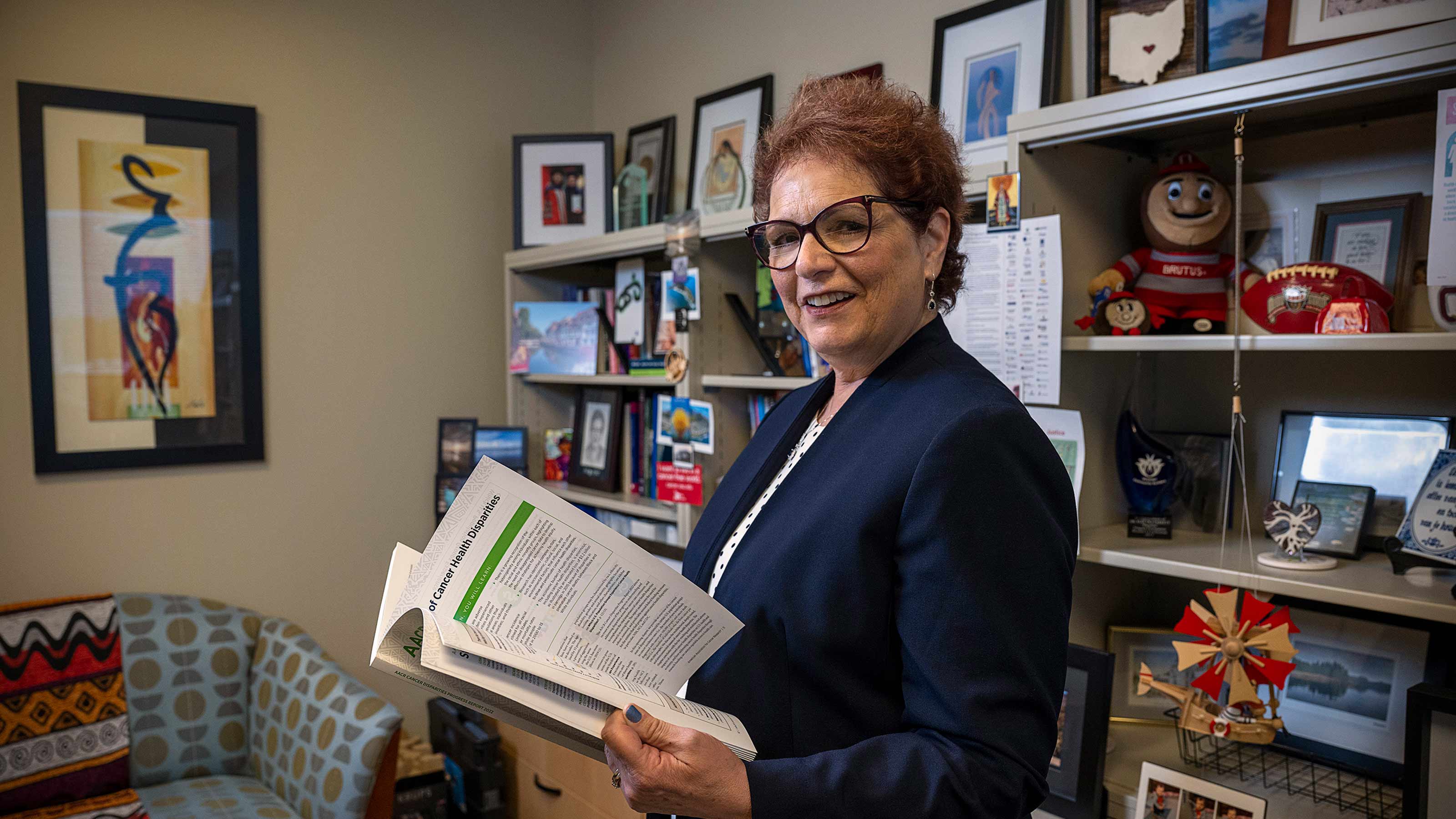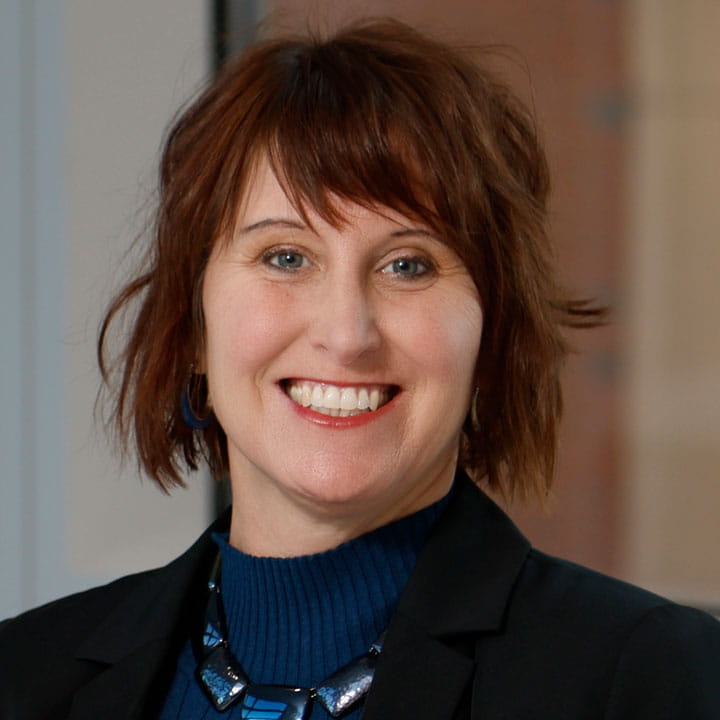Cancer prevention expert working to ensure no one dies from preventable cancers
Electra Paskett, PhD, MSPH, is figuring out why patients skip critical cancer screenings and how to persuade them to change their minds.
While working on her dissertation early in her career, Electra Paskett, PhD, MSPH, interviewed a young mother of twins in her home. The mother hadn’t returned to get her follow-up Pap test, and Dr. Paskett wanted to know why. She expected to hear of a lack of transportation, childcare issues or financial barriers, but instead, she learned the woman’s hesitancy to be screened went beyond access.
“She was afraid we’d find something wrong, and a surgeon would have to remove her womb,” Dr. Paskett says. “And then she’d stop being a woman.”
This was in the 1990s when Dr. Paskett, a trained epidemiologist, was part of Wake Forest University’s efforts to build a cancer control program. The goal of cancer control programs is to conduct research that leads to interventions that reduce the incidence of cancer, along with the risks of cancer-related deaths. Dr. Paskett conducted research examining the low uptake of breast and cervical cancer screening in a low-income housing community in urban North Carolina.
“We really were the first group to go into these communities and actually talk to folks in order to understand barriers to care and address those barriers,” Dr. Paskett says.
“After we proved we could increase cancer screening rates, we put together a ‘how-to manual’.”
At once, Dr. Paskett knew what the focus of her life's work would be: ensuring that no one, especially women and underserved populations, died from preventable cancers due to a lack of information or access to medical testing and care. By this point in her life, she knew the devastation that comes with a cancer diagnosis.
Her mother had been diagnosed with cervical cancer when Dr. Paskett was in elementary school. She’d lost her father to colon cancer while she was in graduate school. Her newfound resolve set her on a course to not only understand why patients skipped follow-up care and screenings, but how to persuade them to get screenings and care and help them navigate the maze of the medical care system.
In North Carolina, Dr. Paskett and her team formed an advisory board with clinical partners, built lesson plans for volunteers and health departments, and shared their detailed research and action plan with local officials. While they thought they could help move the needle on screening for similar communities, they were told there weren’t any resources available to continue the work.
“We’d figured out a way to help those most in need, and nobody had the time or the resources to help them?” Dr. Paskett says. “That made me really wonder how we as a society decide our priorities and what we focus on.”
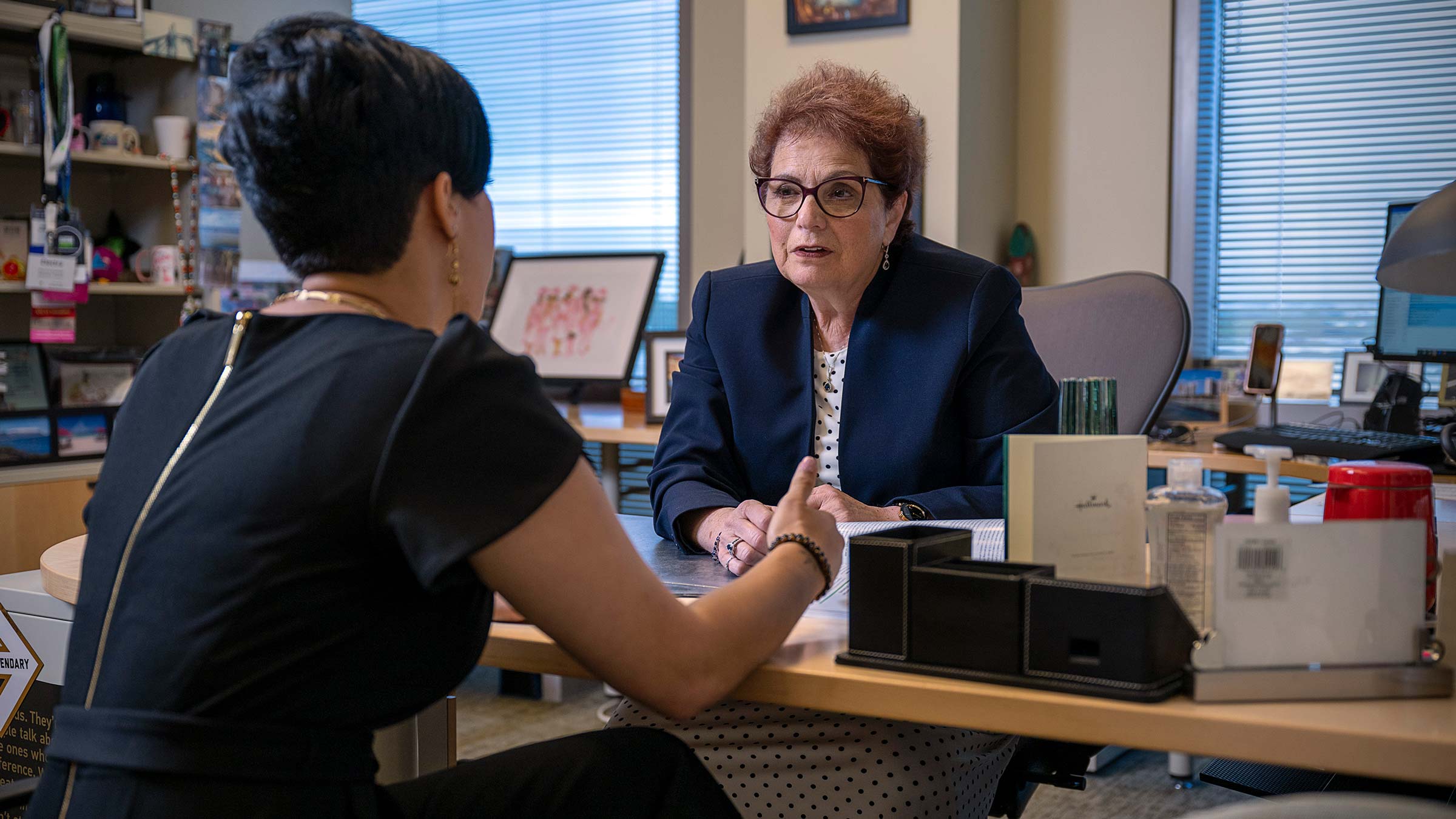
Addressing cancer prevention health disparities head-on
Dr. Paskett is director of the Division of Cancer Prevention and Control in the Department of Internal Medicine at The Ohio State University College of Medicine. She’s also director of the Center for Cancer Health Equity at The Ohio State University Comprehensive Cancer Center – Arthur G. James Cancer Hospital and Richard J. Solove Research Institute (OSUCCC – James), where she designs, tests and implements interventions and practical programs that empower individuals and the health care community to holistically work with patients to reduce barriers to care and increase uptake of cancer screenings.
Raphael Pollock, MD, PhD, FACS, directs The Ohio State University Comprehensive Cancer Center and holds the Klotz Chair in Cancer Research. He says Dr. Paskett is a leader in the realm of community outreach programs targeting special populations across Ohio and the region. Specifically, she has created a process of direct engagement to help African American, rural, Appalachian, Somali, Vietnamese, Hispanic American, Amish and LGBTQ+ populations access cancer screening and treatment. She’s also working to build access to the OSUCCC – James facilities and provider network.
“This connectivity would not be possible without the concerted efforts of Dr. Paskett’s team of culturally and linguistically aware community liaison personnel who are part of our exemplary Comprehensive Cancer Center Community Outreach Program,” Dr. Pollock says. “Due to her tireless efforts, countless patients have received the cancer care that they need and deserve.”
Dr. Paskett, who holds the Marion N. Rowley Chair in Cancer Research, began her work at Ohio State in 2002, focusing on increasing the participation of minority patients in clinical trials and focusing on patient populations who had an increased risk for breast, cervical and colorectal cancers, not only in urban minority populations, but rural and Appalachian populations.
Research shows that Black women are less likely than white women to survive a bout with breast cancer, Appalachian women have disproportionately high rates of cervical cancer, and colorectal cancers also are more common in rural communities.
“Appalachia has some of the highest lung, cervical and colorectal cancer rates in the nation,” Dr. Paskett says. “For many, the last thing on their minds is health care because they’re trying to make ends meet. It just isn’t fair.”
Setting her sights on cancer prevention in Ohio
Dr. Paskett uses implementation science, which integrates what is known to work into clinical practice and standard procedures when working with different patient populations. Her body of research proves that people will, under the right conditions, change behaviors to overcome barriers such as transportation and access.
For example, one proven method to increase breast cancer screening is bringing a mobile unit into a central community location that is convenient and accessible.
Together with her colleagues, Dr. Paskett founded Turning the Page on Breast Cancer, a statewide initiative focused on increasing breast cancer education and access to treatment for Black women. The program offers resources for women to learn more about breast cancer and screening and offers a simple online tool to help women figure out if genetic testing might be right for them.
Program staff are also available by phone and email to women who participate in the program, which was launched with funding support from Pelotonia, the American Cancer Society and Pfizer, and is a collaborative effort of experts from the OSUCCC – James, the Ohio Association of Community Health Centers, Susan G. Komen and the North Central Region of the American Cancer Society.
Think you might be at risk for genetic cancer? Calculate your risk
Putting the promise of cancer prevention into practice
Appalachian Ohio and neighboring Kentucky share a close connection and a similar need to improve screenings and cancer prevention. In conjunction with the University of Kentucky, Dr. Paskett is collaborating with a group of principal investigators through the Cancer Moonshot Initiative, laid out by President Joe Biden, which calls on patient advocacy organizations, industry, foundations, academia and health care providers to ramp up cancer screenings and early detection to reduce the deadly impact of cancer. The initiative also centers on health disparities and prioritizes projects that go beyond race and ethnicity to include medically underserved populations.
“Cancer Moonshot projects must recruit patients and present data that addresses disparities to ensure that all patients benefit in cancer research,” Dr. Paskett says.
She recently received the prestigious Cancer Prevention award from the American Society of Clinical Oncology for her nationally recognized research on cancer health.
Dr. Paskett’s current project is aimed at fostering greater collaboration, sharing data and disseminating evidence-based practice in 12 community health clinics in Ohio and Kentucky. At each of the 12 clinics, research teams work with clinic staff to identify barriers patients face in getting colon cancer screenings, and barriers the clinics face in delivering them.
While working with a clinic in Ohio, it was discovered that its electronic patient record system didn’t allow for sorting patient records to determine who was due for screening. A technology and software intervention remedied that, but a new barrier persisted: the impossibility of addressing cancer screenings during the 10-minute time slot allotted to address the chronic health condition patients came in for in the first place.
Clinic staff want to deliver comprehensive care to patients but don’t often have the capacity or staffing to address current barriers to care, let alone stay on top of preventive care. They’re receptive to trying some of these proven new methods and relieved when they hear that research supports that diligence and persistence pay off. So does building connections and trust with patients over time.
“We tell them, we’re going to teach you some tricks and some ways to integrate cancer screenings into the excellent care you’re already delivering,” Dr. Paskett says. “We share how we’ve been able to increase colorectal cancer screening rates and that we can help them do the same.”
Many community health clinics mail at-home colorectal cancer screening kits, known as the “FIT” kit — which can detect microscopic amounts of blood in the stool — to patients. Few come back in the mail. Not the case for Dr. Paskett’s clinics. Having a staff member trained in phone navigation takes the guesswork out of how to explain the kit instructions, manage follow-up calls and navigate next steps if a patient’s test comes back positive. This facilitates timely follow-up on abnormal results and prioritizes high-quality, immediate treatment.
Another trick is following a prescribed frequency and timing of reminder calls, which has proven to reduce the rate of patient no-shows.
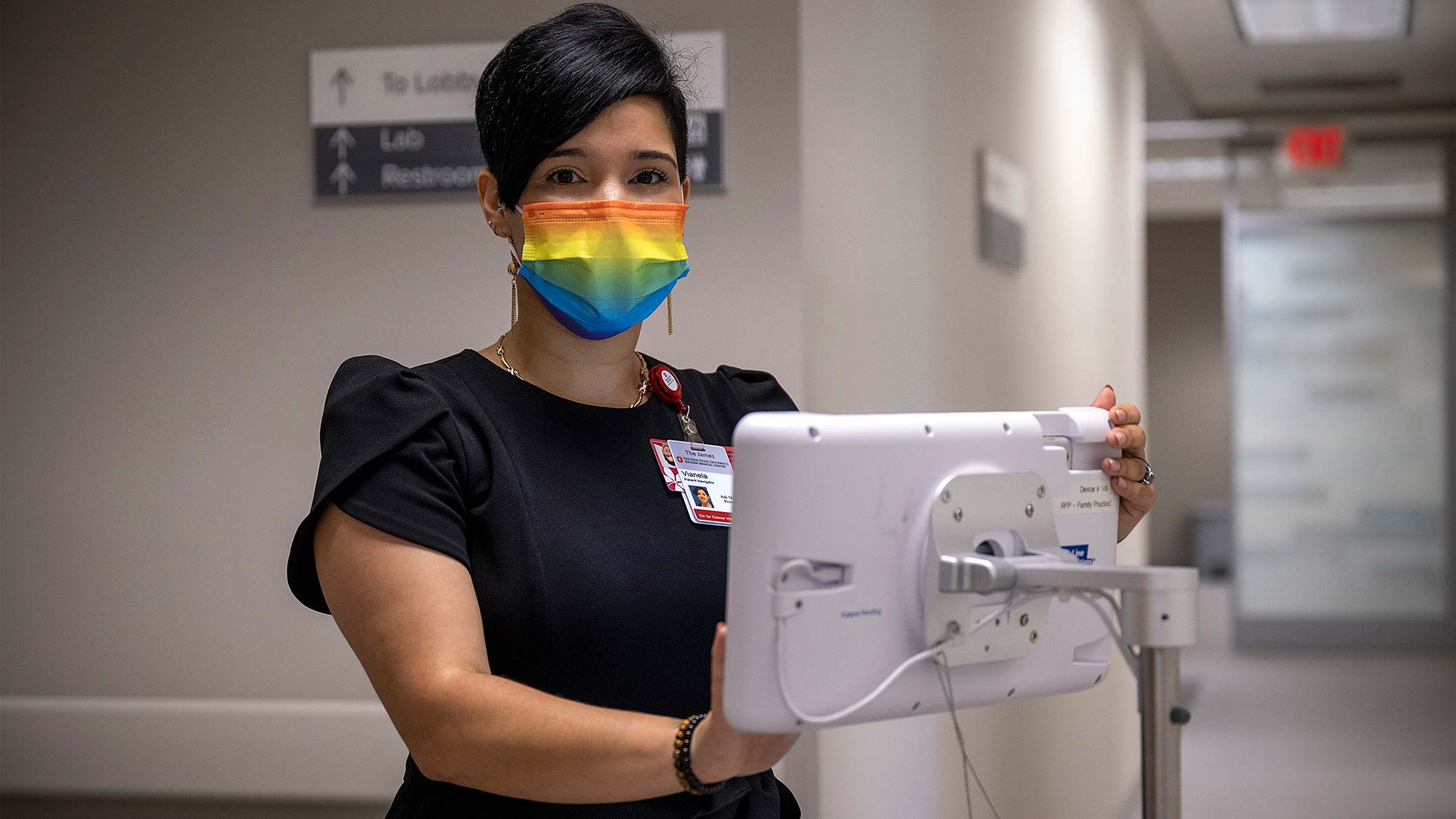
Improving cancer prevention and cancer outcomes: What works
Vianela Ramery is one of these trained clinical staff members who interacts with patients daily with the aim of improving cancer screening rates. It’s her job. As a patient navigator at the OSUCCC – James Center for Cancer Health Equity, she integrates Dr. Paskett’s methods and interventions at every level of patient care.
“I get the hard cases. Most of the patients I work with have gone many years without receiving care,” Ramery says, “or they’re deeply mistrustful of the medical system due to care they received in the past.”
Nurse care coordinators refer Ramery to the patients they’ve been unable to coax into the clinic. She describes a recent case of a patient who’d had a handful of previous referrals to the clinic for a mammogram but hadn’t completed the screening.
When Ramery took the time to call her, she learned of multiple barriers preventing the patient from accessing even basic medical care, let alone a mammogram. Ramery says she listened first, then started to problem-solve. The patient shared that no one had ever taken the time to speak to her without interrupting or given her enough time to get her questions answered.
As Ramery shepherds her patients through appointments, follow-up visits, payment arrangements and transportation, she becomes a trusted adviser who is with patients every step of the way, even at the cancer screening appointments.
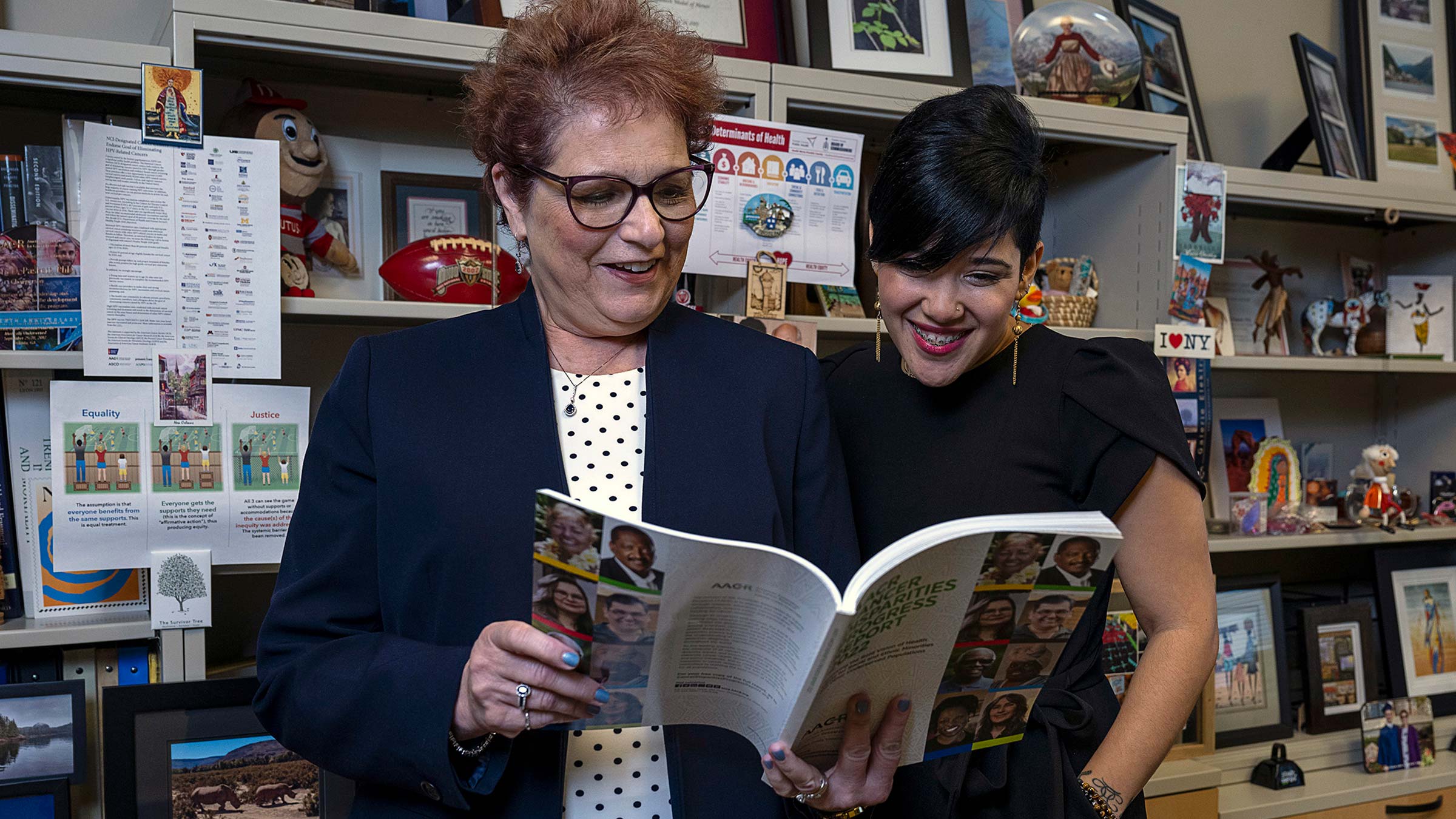
“I constantly prove the Paskett model of repeated patient touchpoints to build relationships, trust, address barriers and then sign patients up for cancer screenings,” Ramery says. “Using the scripted, evidenced-based language in letters, reminder calls and follow-up conversations makes an enormous difference.”
This level of care moves beyond sending out form letters informing patients they’re overdue for a cancer screening, such as a mammogram or colonoscopy. It educates patients on the correct screenings for their genetic and family history, so they feel empowered to participate in their care.
Ramery recently had a conversation with a patient about which colorectal screening test was right for him. When she learned the patient’s dad had recently died of colon cancer, she went to clinic staff and advocated that the patient be allowed to bypass the initial at-home screening test and be fast-tracked to colonoscopy.
“I wouldn’t let him leave the clinic without an order,” Ramery says.
“A few weeks later he had colon polyps removed, which potentially saved his life.”
Success stories such as this are shared with clinic staff as positive reinforcement for the effort and arduous work they put in and the endless follow-up required to do this important work within an overwhelmed medical system.
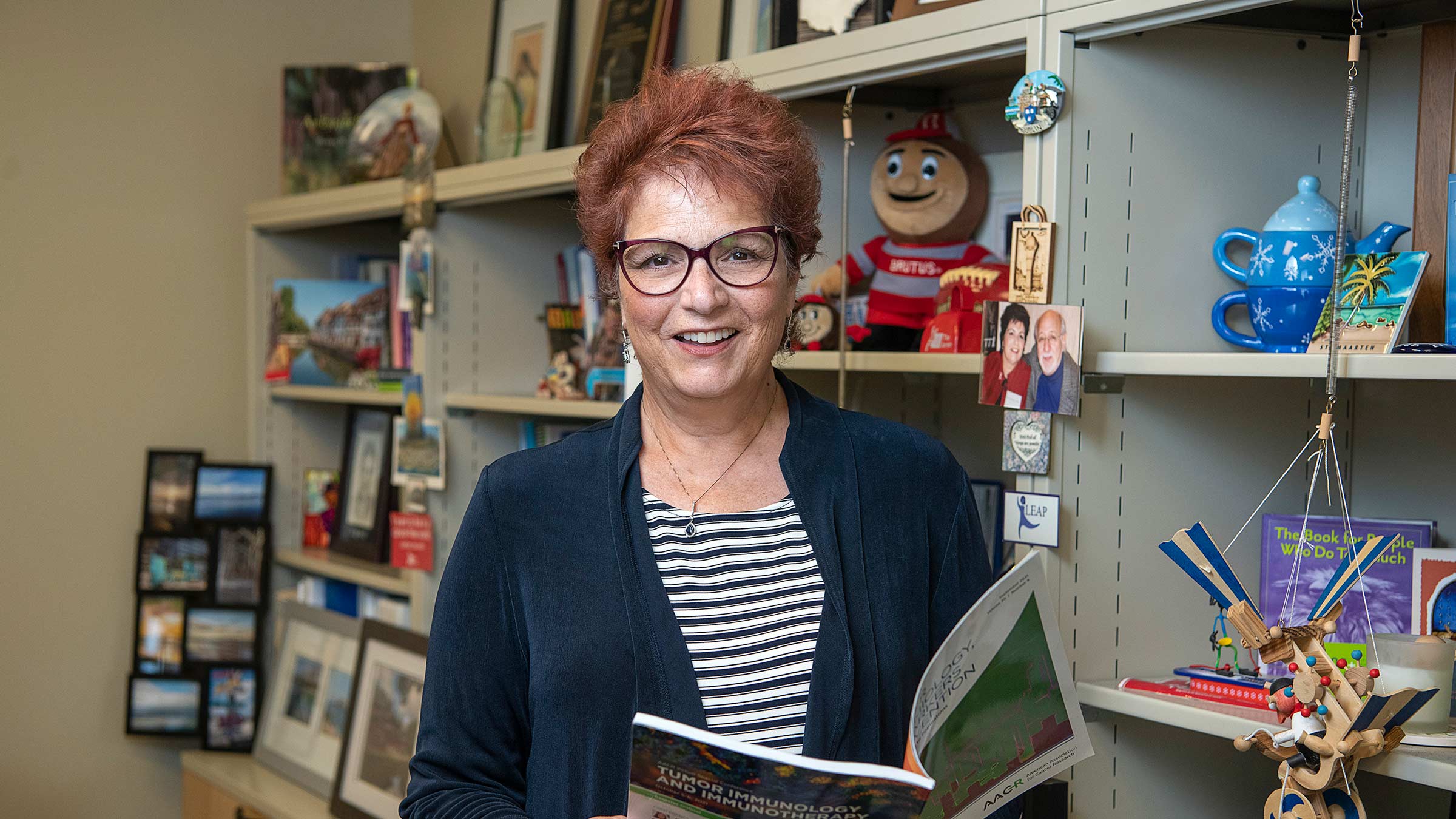
Dr. Paskett is living proof that preventive screenings save lives
Follow-up from a provider is what saved Dr. Paskett herself from falling through the cracks 25 years ago when a routine mammogram revealed probable breast cancer. She hadn’t received the results, and her provider reached out to check on her. A biopsy confirmed cancer, and she went on to survive two additional bouts with breast cancer.
“That call saved my life. I don’t want other people to hear the words, ‘You have cancer,’ but if they do, I hope it’s when it’s caught early, and we can cure them.”

Accurate, early cancer diagnosis matters
The James Cancer Diagnostic Center gives patients direct, expedited access to diagnostic testing and consultation with Ohio State cancer experts.
Schedule an appointment today


